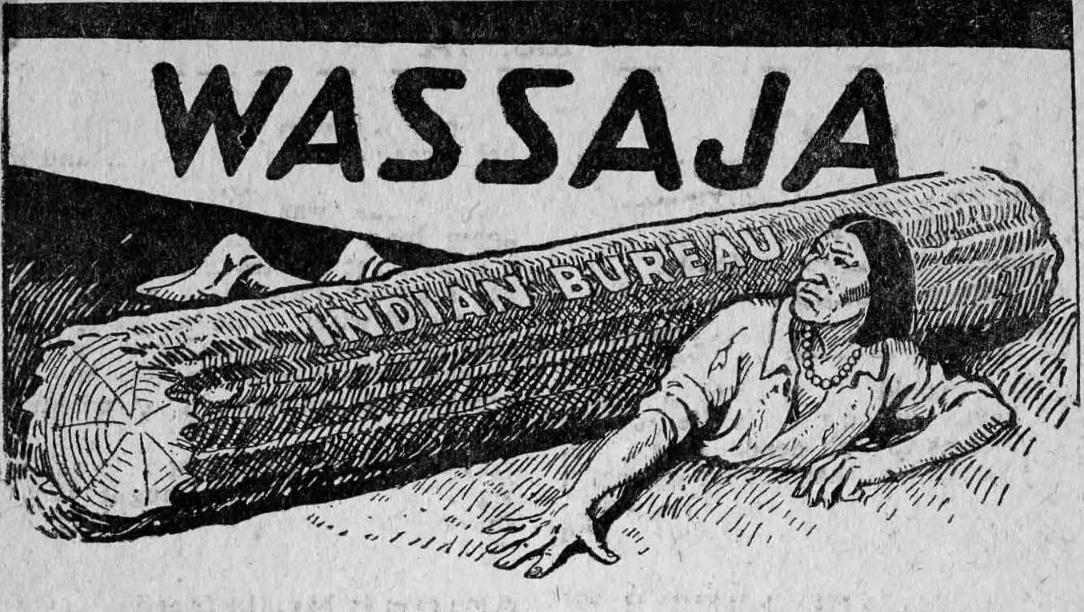Teach This Poem, though developed with a classroom in mind, can be easily adapted for remote-learning, hybrid-learning models, or in-person classes. Please see our suggestions for how to adapt this lesson for remote or blended learning. We have also noted suggestions when applicable and will continue to add to these suggestions online.

Look closely at the image of the newspaper Wassaja here.
The following activities and questions are designed to help your students use their noticing skills to move through the poem and develop their thinking about its meaning with confidence, using what they’ve noticed as evidence for their interpretations. Read more about the framework upon which these activities are based.
- Warm-up: (quick-write/draw) What comes to mind when you hear the word “vanish?” Share your writing or drawing with a small group of classmates. What do you notice? What does it mean to vanish?
- Before Reading the Poem: Look closely at the image of the newspaper Wassaja here. What words/phrases in the image stand out to you? Why?
- Reading the Poem: Now, silently read the poem Changing Is Not Vanishing by Carlos Montezuma. What do you notice about the poem? Note any words or phrases that stand out to you or any questions you might have.
- Listening to the Poem (enlist two volunteers to read the poem aloud): Listen as the poem is read aloud twice, and write down any additional words and phrases that stand out to you.
- Small-group Discussion: Share what you noticed about the poem with a small group of students. Based on the details you just shared with your small group and the resources from the beginning of class, what does this poem say about “changing” vs “vanishing?” Can a group of people vanish?
- Whole-class Discussion: What does this poem say about perseverance and/or hope? Read this definition of protest poetry here. In your mind, is this poem a protest poem? Why or why not?
- Extension for Grades 7-8: Choose to learn more about Montezuma here or continue learning about Native Nations poetry here. Share what you learned with your classmates.
- Extension for Grades 9-12: Work with a partner or small group and choose one of the articles in this resource here to read and discuss. How does this article compare to the poem that you just read? What research questions do you have? Create a list of your research questions and work with your partner/small group to expand your research. Share what you learned with your classmates.
“For indigenous people in this country, the English language is a kind of trade language. We are over five hundred federally recognized nations. There are over 220 living indigenous languages. This whole hemisphere is Indian country, from North to South, rich in many cultures, in many languages.” Read the essay, “Ancestors: A Mapping of Indigenous Poetry and Poets” by Joy Harjo.
Repetition: the poetic technique of repeating the same word or phrase multiple times within a poem or work. Read more.
